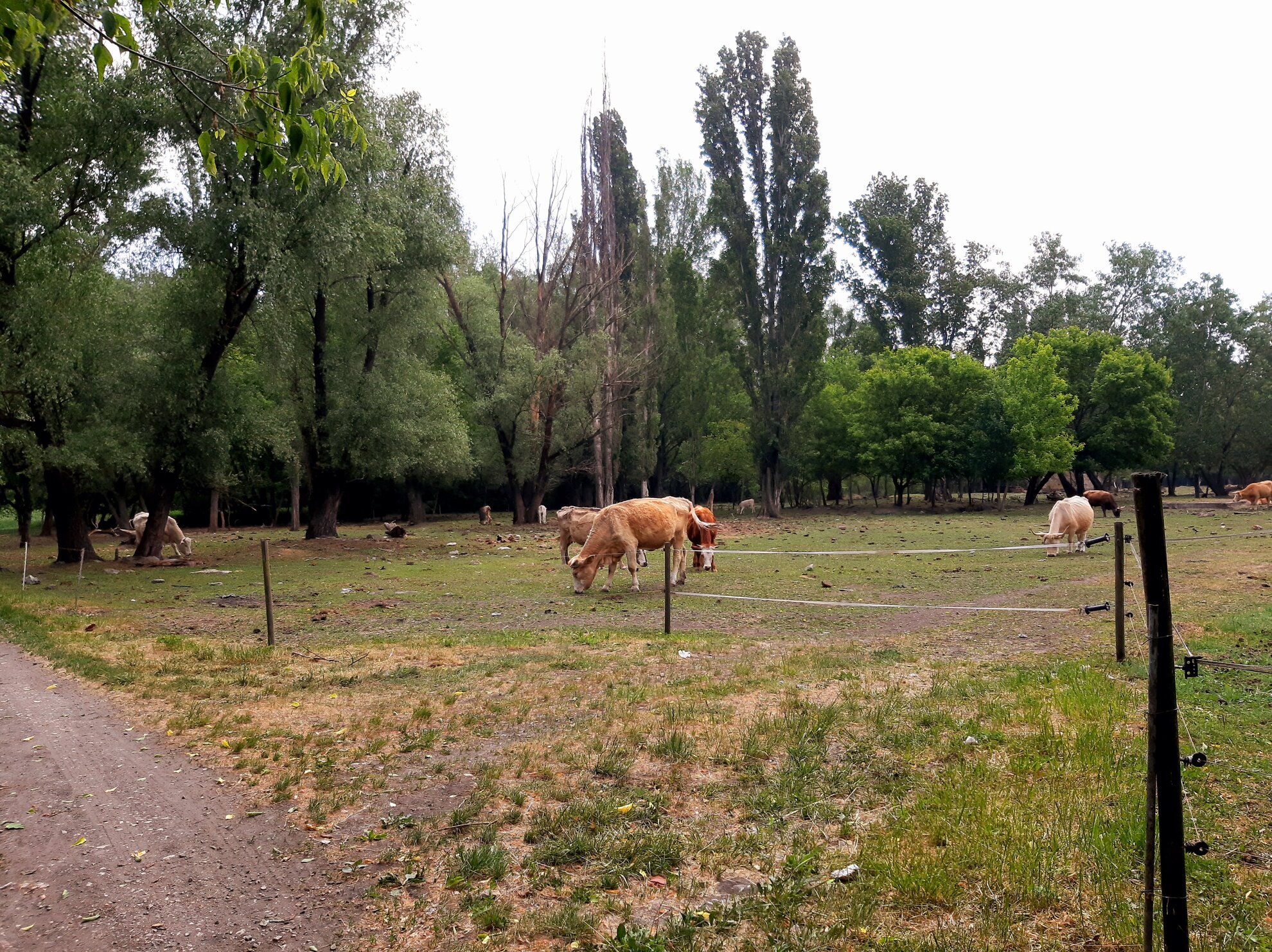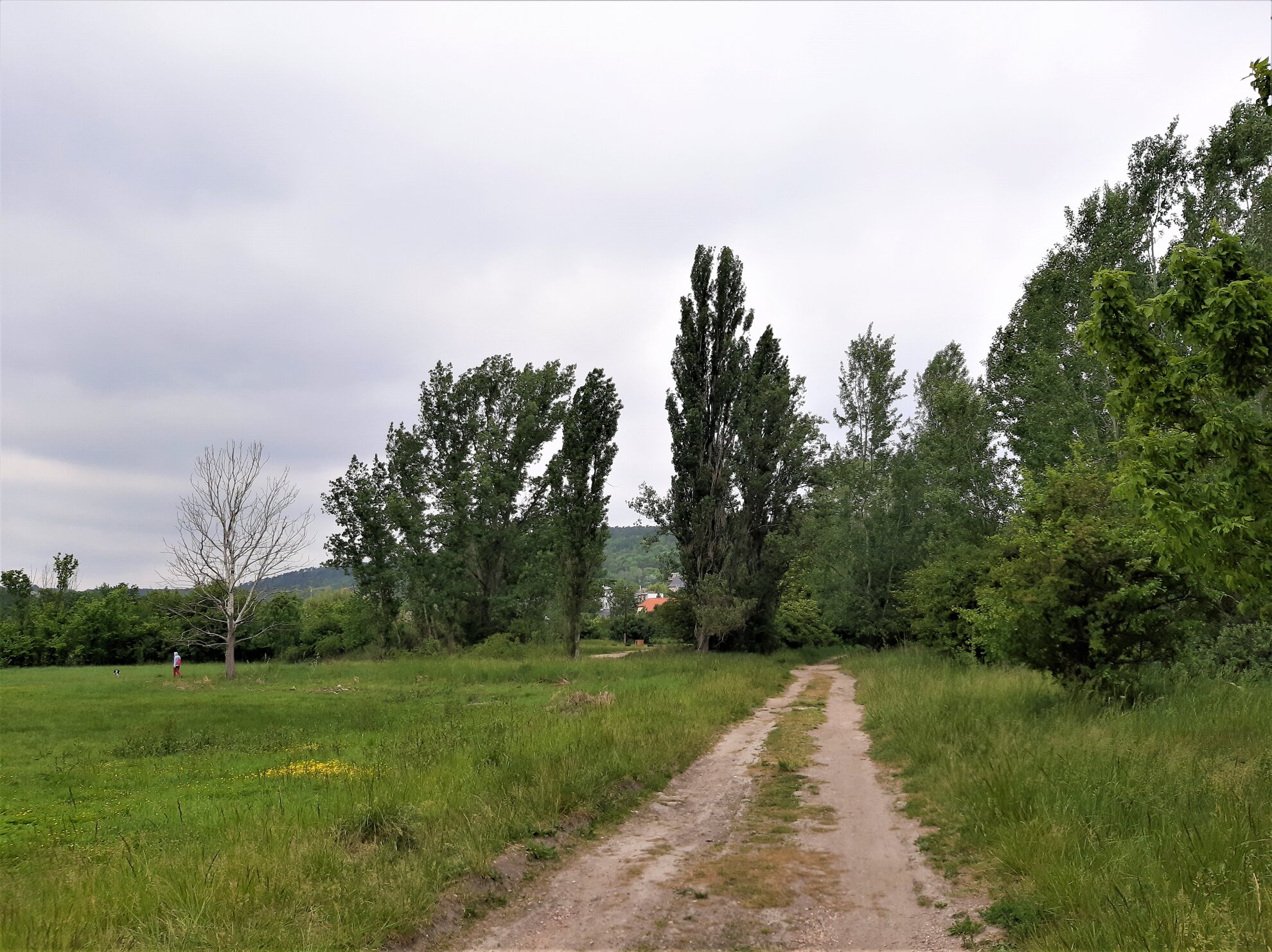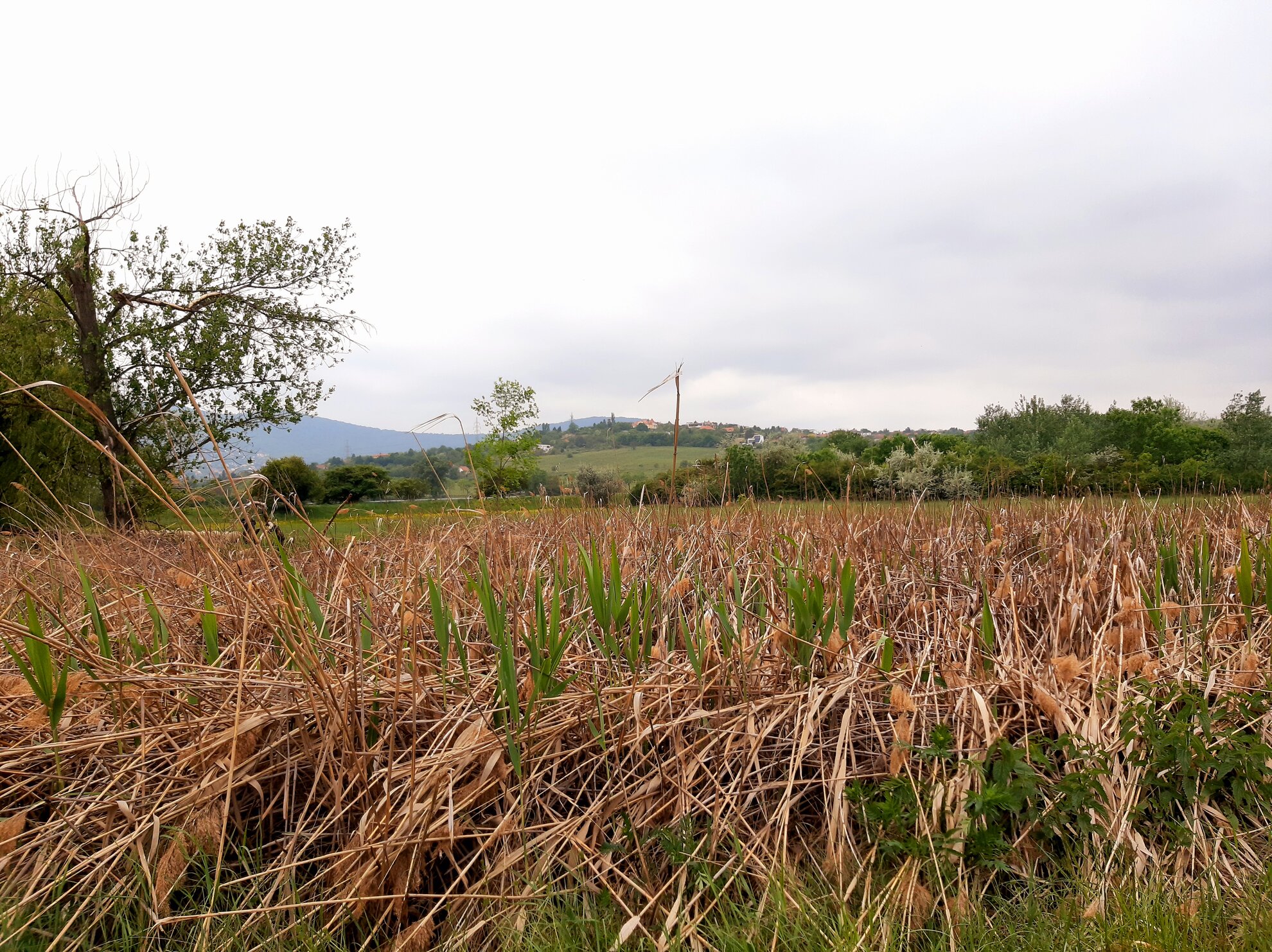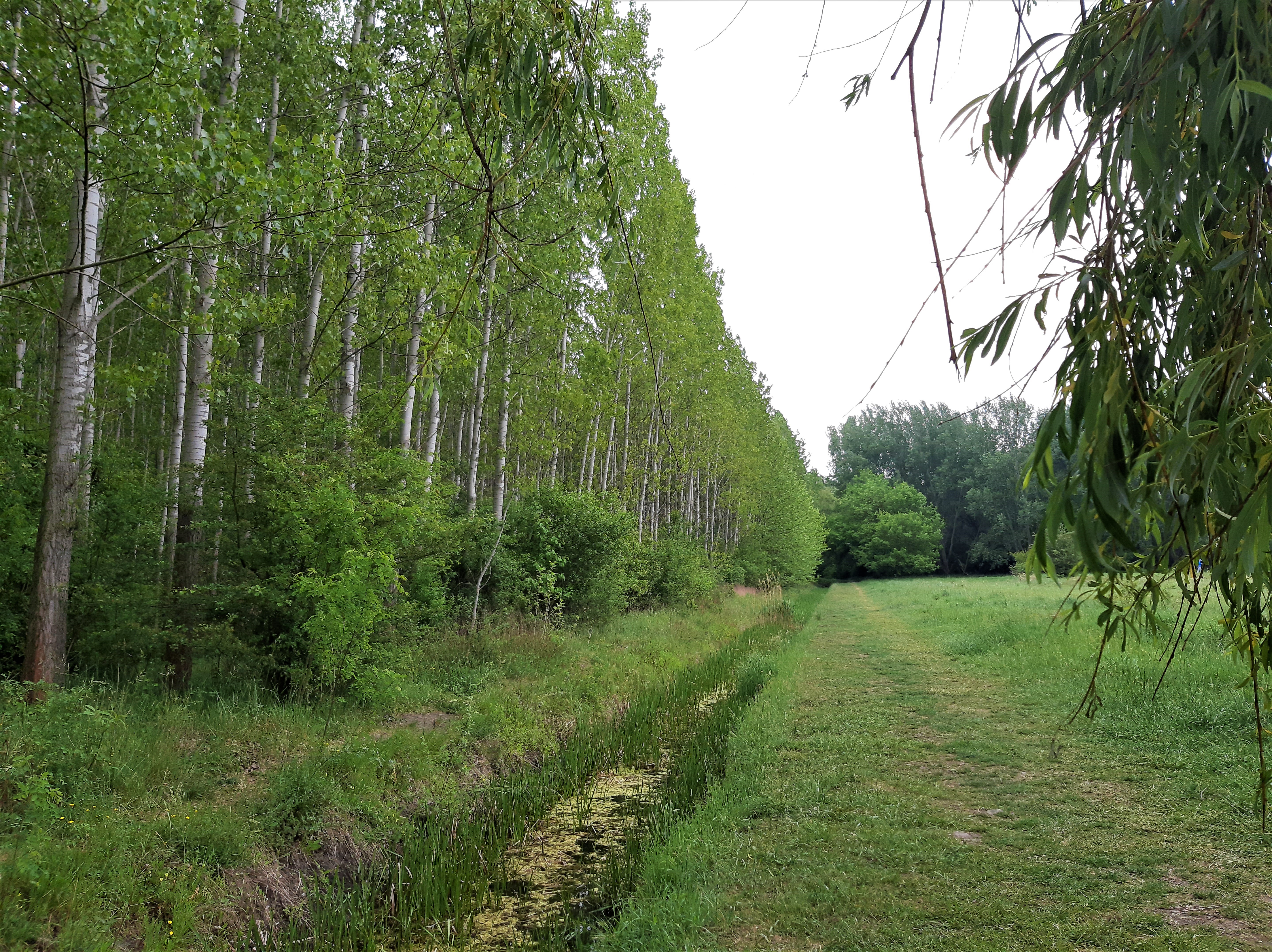
In 2020, we highlighted Mocsárosdűlő, a bowl-shaped stretch of wetlands which is the last of its kind remaining in Óbuda. Covering 156 hectares (24 of which are protected), the natural, marshy area is marked by village farms, grazing horses, cows and sheep and shrubby, wooded tree groves.

The walk through the land here seems boundless,
swampy and deserted – even neglected, with piles of rubbish accumulating in
various spots and all around, a lot of nothing. There is a conservation trail
which runs through here, but the signs are incomplete, many reclaimed by nature
as it is wont to do when a green area is left to its own devices.
In 2002 Mocsáros
was declared protected, although ideas had been floated about turning the land
into a leisure park, industrial facility or even a housing estate, all of which
would have been greatly detrimental to the natural environment. Most recently, reports
began flying in February about planned construction, but these ultimately
proved false.

Landscape architect for the capital, Sándor Bardóczi, said
in a Facebook post that the size of the buildable area in Mocsárosdűlő had been
significantly reduced by modifying the structural plan.
A post by Válasz Online (Hungarian-only) further clarified the situation, stating that a significant part of the area
will remain in its natural state, as a new reclassification has been granted. According to these new regulations, only a narrow strip can be developed
in the zone between Aranyhegyi út and the unsightly gas pipes which run along
the surface.

The aim of the development concept for Mocsárosdűlő
– which is mainly used by locals for jogging, hiking and dog-walking –
would be to allow more people to enjoy recreation here, while still preserving
its natural values.
Part of the plans would be to keep the water seeping into
the area to form a shallow lake, creating more wetlands, as well as installing
a running and bicycle track, an integrated dog park, community garden and orchard
near to the HÉV rail station. The 10 Million Tree Foundation would initiate the planting
of more trees.
When these improvements will come, we don’t yet know. One thing, however, can be deduced from the post by Sándor Bardóczi: the modified regulations will be followed by strategic planning involving the general public this year, after which a gradual rehabilitation of the natural area can be expected.




